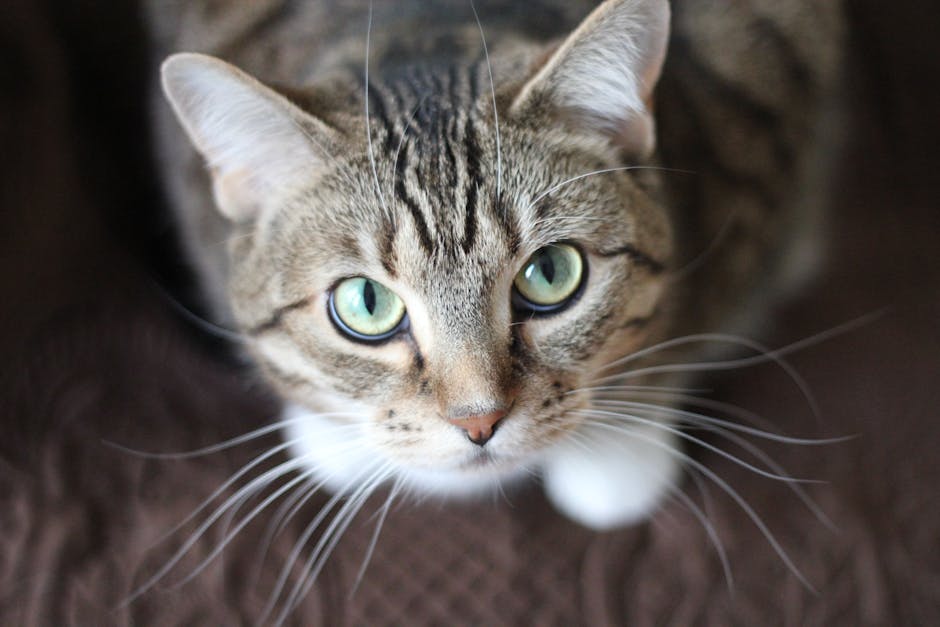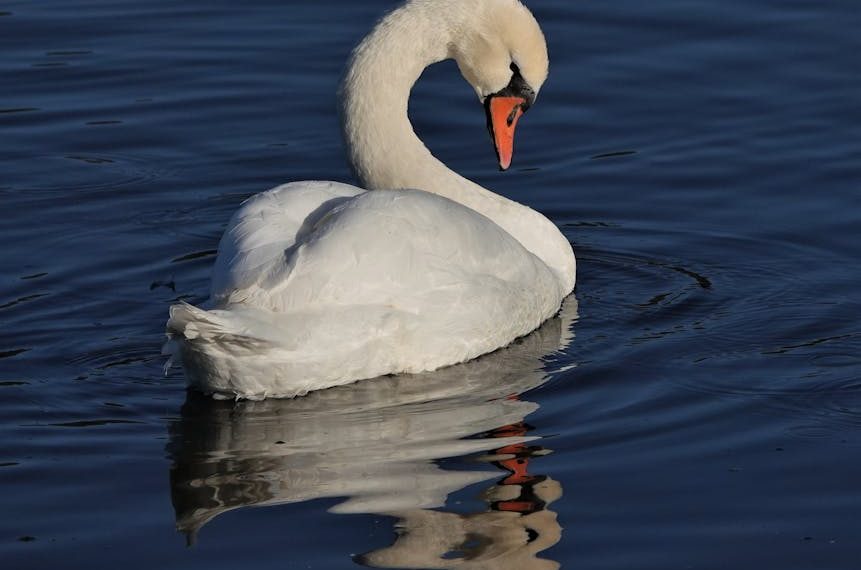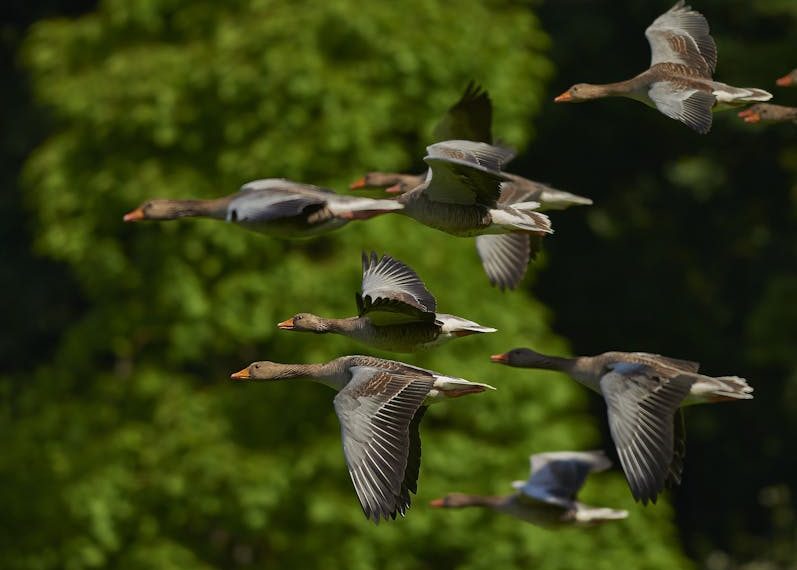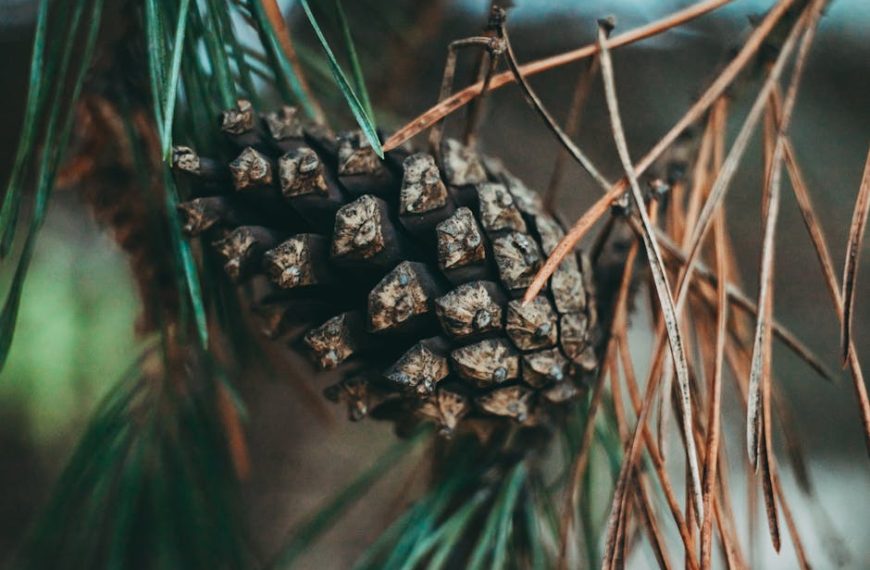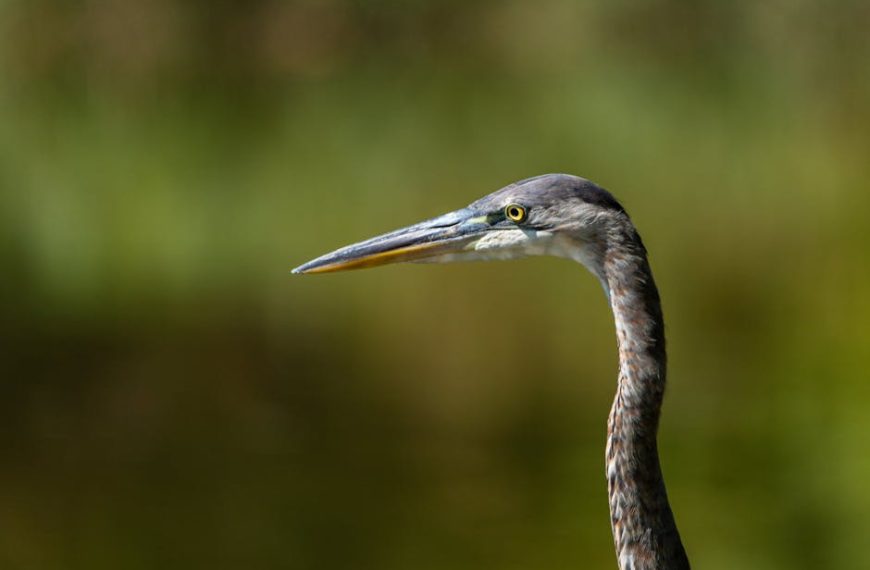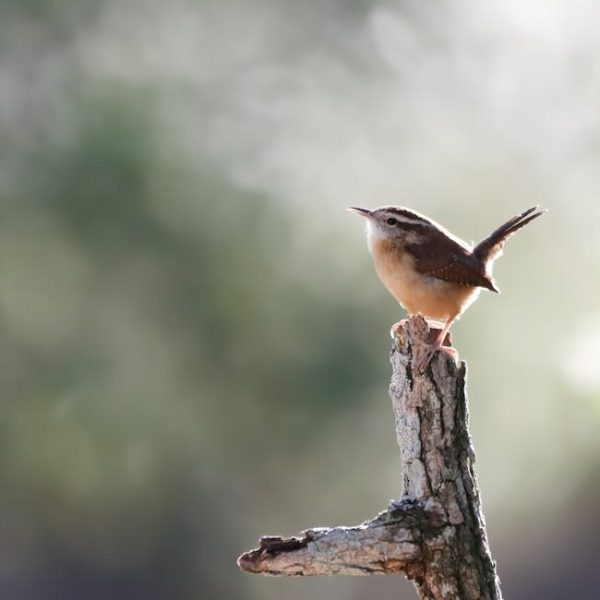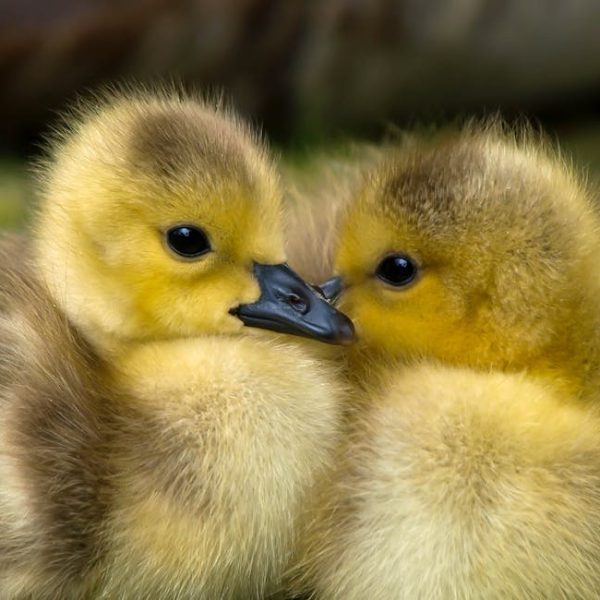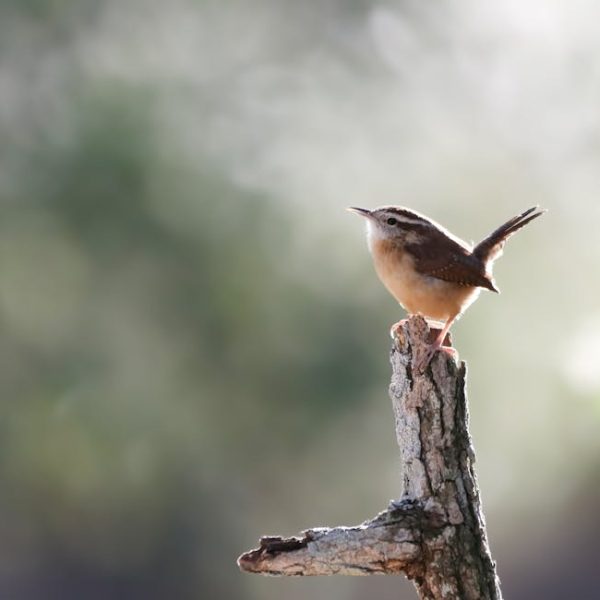There exists an age-old dispute that appears to be etched in the very essence of nature — the feline-avian feud. We often wonder, why do cats instinctively chase birds? The answer lies in both nature and nurture.
Natural Instincts: The Predatory Behavior of Cats
Cats are predatory creatures by nature. This primal instinct originates from their ancestors, the wild big cats that rely on hunting for survival. Domestic cats, despite being well-fed and cared for, still retain these inherited hunting predispositions. Whether it’s the flutter of a curtain or the flapping of a bird’s wings, their instinctive response is to chase.
Various hunting techniques are employed by our feline friends:
- Stalking: Keeping hidden while tracking their prey. Cats are incredibly patient creatures when it comes to stalking, whether it’s a fly in the house or a sparrow in the garden.
- Pouncing: The sudden, swift movement intended to capture the prey under the cat’s claws.
- Batting: Typically observed during play, the cat explores objects with light taps of its paw. This can escalate to more aggressive swipes when hunting.
Best Practice: Understanding your cat’s predatory instincts can help manage this behavior effectively. Creating a safe and stimulating environment for indoor cats, rich with toys and activities, can minimize the risks to wildlife, including birds.
Exploring Birds’ Fear Response
Birds, being on the receiving end of this feline predilection, demonstrate what is known as a ‘prey fear response.’ Rapid movements, restlessness, and high-pitched vocalizations are just some behavioral indicators of a bird in distress.
When we compare the ‘prey and predator fear response’ in birds and cats, we uncover a cycle driven by the biological makeup and survival instincts of these creatures. Cats chase because birds flee, and birds flee because cats chase.
Pro Tip: Bird owners should consider creating a safe, cat-free zone for their birds. Equipping doors or gateways with a secondary barrier will help prevent any surprise attacks. Use high perches and cages that are out of reach from cats to protect birds when they’re most vulnerable – during sleep or when feeding.
In essence, the root of the animosity between cats and birds lies in their respective roles in the food chain. Despite the comfort of domestic settings, these basic instincts continue to play a pivotal role, shaping the interactions between these creatures.
Understanding the Cat and Bird Interaction in Domestic Settings
Cats and birds, when living in the same house, present a unique set of challenges and require careful handling to ensure peaceful coexistence. Cats are instinctively drawn to things that flutter, chirp, or move quickly – primarily birds – turning your peaceful abode into a potential battlefield.
Here are the pros and cons of having a pet cat and bird under the same roof:
| Pros | Cons |
|---|---|
| Under appropriate conditions, it can help cats understand boundaries and manage aggression. | Unsupervised interactions may lead to the bird being injured or stressed. |
| A bird and a cat can sometimes form a unique bond, enriching their lives and entertaining their owners. | Requires significant time, effort, and attentiveness from the pet owner to maintain a balanced environment. |
Best Practice: While it is not impossible for a cat and a bird to live together, it’s essential to ensure that they are supervised during their interactions. Create separate spaces for each to retreat to, and never leave them alone together unattended. Regularly reinforce positive interactions while discouraging negative behaviors.
The Impact of Play Behavior on Cat-Bird Dynamics
Even play behavior in cats can influence their relationship with birds, as cats often play in a way that mimics hunting, potentially posing a threat to pet birds. Here’s a checklist of cat play behaviors that may pose threats:
- Chasing fast-moving objects.
- Slashing and pawing at dangling items.
- Pouncing on small, hidden things.
Pro Tip: Try redirecting your cat’s play-driven hunting behaviors towards toys, not your feathered friend. Regular, energetic play sessions with toys that satisfy the cat’s hunting instincts can protect your bird by providing an outlet for these behaviors.
Navigating Feline-Avian Relationships: Mitigation and Care Tips
Managing a peaceful cat-bird household needs understanding, effort, and commitment. Here are some helpful ‘Do’s and Don’ts’ for protecting your pet bird from your cat:
| Do’s | Don’ts |
|---|---|
| Invest in sturdy, secure cages and high places to keep birds safe. | Don’t leave vulnerable birds and predatory cats alone and unsupervised. |
| Train your cat with positive reinforcement to discourage it from pursuing the bird. | Don’t try to rush the introduction of a cat to a bird. It should be a gradual process. |
Best Practice: When introducing a new bird to a home with a resident cat, always prioritize safety. Keep them separated initially, allowing them to get acquainted through a secure barrier and under close supervision. Gradually increase their shared time based on their comfort levels and responses, always ready to intervene if needed.
While the feline-avian feud may be instinctual and age-old, understanding and managing it is not an insurmountable task. With care, commitment, and these practical tips, you can promote a more harmonious household for all your furry and feathery companions.
Key Takeaway:
- Cats have an innate predatory instinct inherited from their ancestors making them naturally attracted to birds based on their movement and other characteristics.
- Birds exhibit a ‘prey fear response’ in the presence of cats due to their role as prey in the ecosystem.
- Domestic cats and pet birds can coexist but it’s critical to manage interactions to prevent stress or harm.
- Cat’s play behavior often mimics hunting and can pose threats to pet birds.
- Implementing ‘Do’s and Don’ts’ and following specific guidelines can help manage the cat-bird relationship effectively in a home setting.
The feline-avian feud is deeply rooted within nature’s dynamics. However, understanding these natural instincts and being diligent can pave the way to a peaceful co-existence. Remember, patience and steady progression are key when guiding your pets towards a harmonious relationship.
FAQs
Q: How can I discourage my cat from attempting to hunt outdoor birds?
A: You can create a safe outdoor environment for birds by placing bird feeders and bird baths out of the cat’s reach. If the cat is an indoor pet, use window feeders that are visible from inside but unreachable.
Q: What types of toys can I use to redirect my cat’s hunting instincts?
A: There are numerous cat toys available that mimic prey. Interactive toys that move, make noise, or have enticing scents can help channel your cat’s hunting instincts away from birds.
Q: My cat shows distress when my bird is vocalizing. How to manage this?
A: First, ensure the bird is in a secure location where the cat cannot reach. If the cat continues to be distressed, consider creating separate spaces where each pet can be comfortable.
Q: Is it safe to introduce a kitten and a young bird to each other?
A: While younger pets may adapt easier, it’s important to monitor all interactions closely, ensure safety precautions are in place and introduce them slowly to avoid stress or potential harm.
Q: How can I prepare my home for introducing a bird when I already have a cat?
A: Prior to bringing the bird home, secure a sturdy, unreachable cage and create a cat-free zone for the bird. Have separate relaxing spaces for each and follow a gradual introduction process as guided in the article.
Enjoyed this article? Be sure to share it with friends and explore more posts on our website for further insights and advice.
